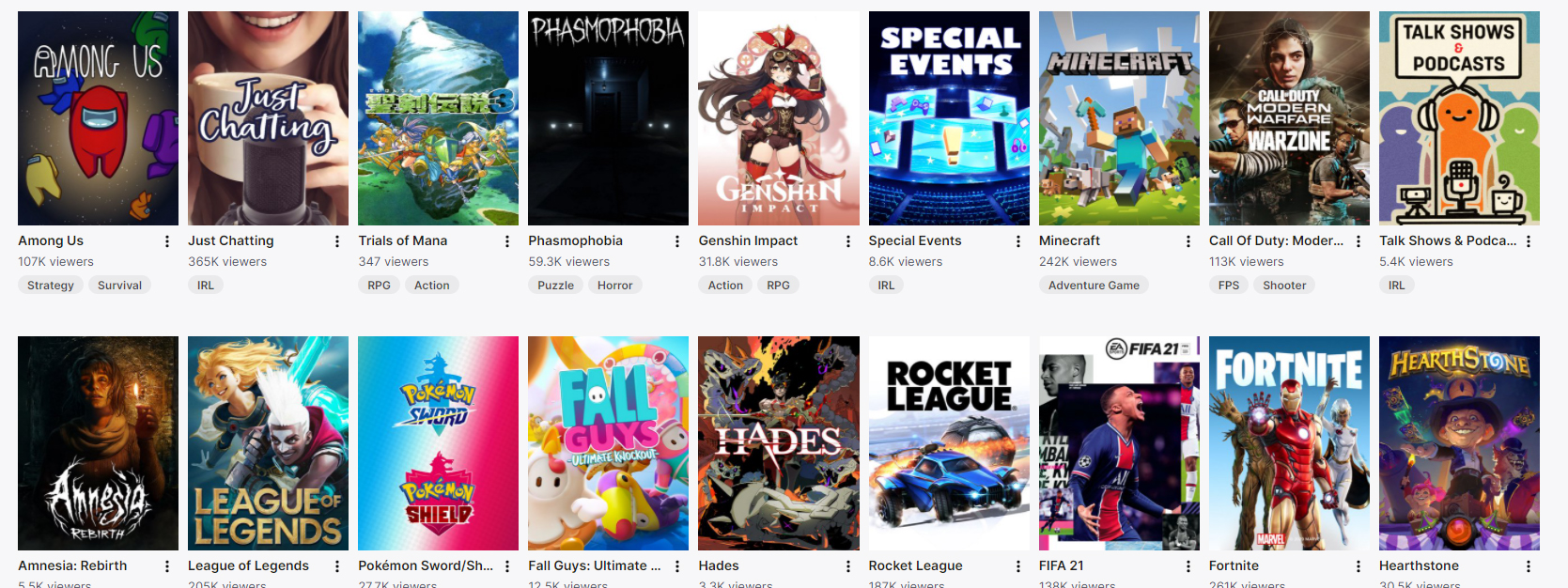
Twitch angers streamers with new advertising guidelines, backs down
posted Sunday Jun 11, 2023 by Scott Ertz

This week, Twitch updated its Branded Content Guidelines for streamers. Updating policies is not unusual, but in this case, the company completely took the knees out from under its own creators. This change was so large and so controversial that it risked content creators across the world, including ourselves, leaving the platform for good. Fortunately, the company heard the response and addressed it quickly- though not necessarily quickly enough.
How monetization works
One of the reasons why so many streamers flock to Twitch, including ourselves, is because the platform has a lot of viewers who are looking for very different content. But, with that reach comes a lot of potential for monetization.
There are a number of ways that a streamer can monetize their stream. The first is using products from a partner. This can be headphones, microphones, keyboard and mouse, and even drinks. Another is having branding in your studio - especially signage and product packaging in the background.
However, the most common is in-stream advertising. This can be brand logos, promo codes, or links on-screen during a stream. It can also be full-screen branding, promos, or commercials. For example, in F5 Live: Refreshing Technology, we run a host-read bumper for a partner, sponsor, or affiliate, complete with branding and information. During ROBOTICON Tampa Bay, we run a sponsor deck during down times, in order to support the companies that have supported us. This is a common scenario for all sorts of streamers, as it is a traditional advertising style and one that partners are comfortable with.
Many streamers on Twitch (and other platforms) have agreements with brands that include one or more of these partnership styles. They rely on these advertising relationships in order to maintain their brands and build their companies. Many streamers use Twitch as a springboard to build something bigger than they had originally hoped.
Twitch removes monetization
This week, Twitch announced new policies that would restrict how streamers can monetize their streams. While product-based partnerships would have been fine, anything else was announced to be prohibited. Logo overlays would have been limited to only 3% of the total screen real estate. That equates to 58x32 pixels - barely enough to see, let alone drive sales for a sponsor.
On the other hand, things like pre-recorded pre-roll, mid-roll, or post-roll video and audio ads would have been prohibited. This would include anything that is fully self-produced, such as our segment bumpers. In fact, they were prohibited under 2 rules: logo size and pre-recorded "baked-in" content.
Listening to the community
Clearly, this was received poorly by the community, both streamers and viewers alike. Streamers saw that their revenue was going to get cut significantly, and viewers saw the potential for their favorite content creators to leave or cut their streams significantly. In addition, there was no way that events could ever be run on Twitch again - whether it be ROBOTICON Tampa Bay or professional gaming tournaments. None of those would be possible without the ability to bring in sponsorship for those events.
Twitch quickly responded to the outrage and removed these new restrictions. Initially, the Branded Content Guidelines were updated, without the Terms of Service changing. But, within a short time, the ToS were also updated to reflect this reversal of policies. The original tweet still has a warning about this variation, even though it has already been corrected.
Twitch was looking for a way to reign in control over advertising on its own platform. The company has long held that they have exclusive rights to sell advertising on their platform. However, it has never been enforced, and content guidelines have never required compliance. This move to enforce those existing rules, which have since been loosened, was going to be the death of their brand, so it was a smart move to reverse course.
Instead, streamers are only required to disclose that there is branded content in the stream - whether it be product placement, employment, or any other exchange of goods and services. This seems an acceptable middle ground, as you're required to do the same on YouTube for all content.

